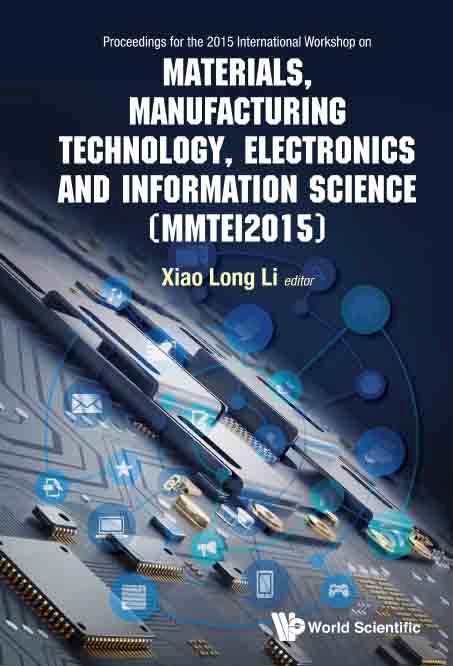Heavy metal pollution prediction based on hybrid ARIMA and grey model
This work is supported by National High Technology Research and Development Program 863 (NO. 2013AA065502).
Accidents involving heavy metal pollution of water and the environment cause huge casualties and loss of property, making the monitoring of heavy metal pollution of great importance. In order to overcome the disadvantages of the traditional model algorithm, such as low predictive accuracy and poor fusion ability, a new combined forecasting model was developed based on the autoregressive integrated moving average model and grey theory. The autoregressive integrated moving average model time series forecasting methods were used to make a preliminary forecast for heavy metal historical data. Then a non-interval GM(1,1) model was built. The model residual of initial forecasts were put as the input of GM(1,1) to be modified. The non-interval GM(1,1) model is established regarding the residual value of the ARIMA. Finally, the initial forecasts of ARIMA model and the residual prediction value of GM(1, 1) fusion and combination forecast GM-ARIMA model were constructed. The heavy metals monitoring data of a river in Hebei province in 1978–2007 were taken as the sample to be analyzed. The predictive results of the autoregressive integrated moving average model, GM(1,1) model and the GM-ARIMA model are compared. The results show that the GM-ARIMA model has better predictive performance and fusion ability.



